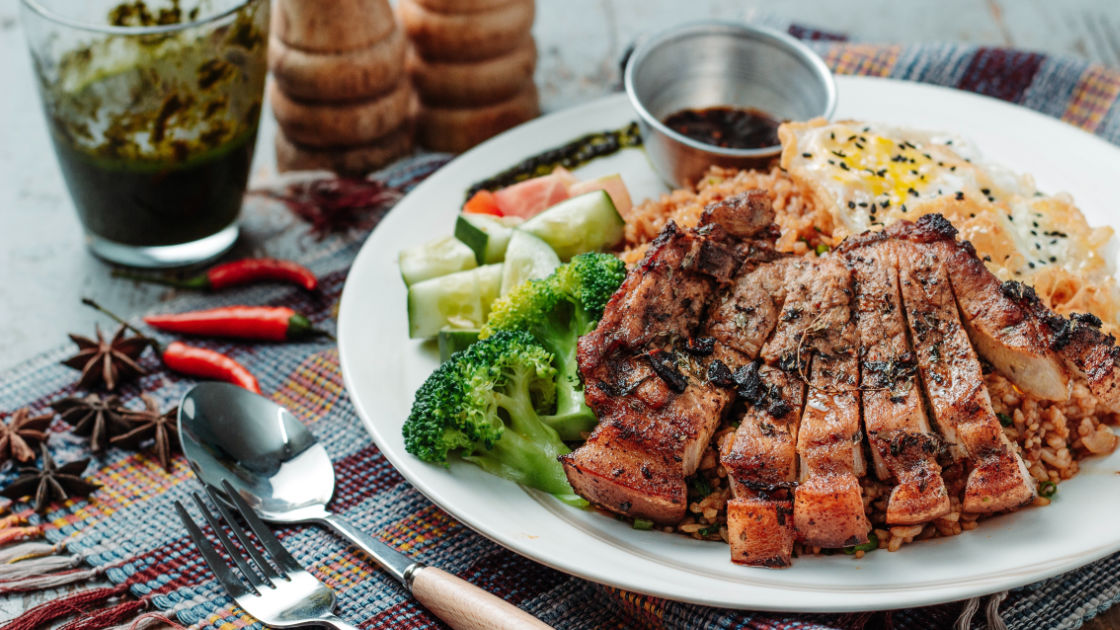We often explain ourselves in terms of food. Take a look at social media and invariably there will be something about food or cooking. (It’s so widespread that my significant other took a picture of the grill the other night, albeit it did look nice with its smorgasbord.) Most of us don’t think too much about where our food comes from. I don’t necessarily mean from Mexico via the grocery store or from our backyard garden. How did our food become our food? Why did we select these plants or animals for our food sources?
Perhaps we can begin by way of two examples: (1) How did Italy become associated with tomatoes when they were originally domesticated in South America and the closest European related plant, belladonna, is poisonous? (2) According to archaeologists, acorns are a ‘starvation food source’ (food that a population turns to when there is food stress eliminating more viable sources). Acorns can be detoxified with little to no effort, while food such as corn takes a long time to process correctly through nixtamalization?
I suppose the easiest answer boils down to cultural trends; what a group of people label as food vs non-food. Europeans tend to think of dogs and cats as non-food items where other cultures readily consume them as their own ancestors did in the past. It’s just amazing to think that our ancestors, most likely through trial and error, discovered which plants or animals were worth their while to become food or not. This leads to certain species being favored as food in certain regions.
For anyone who is curious, there are answers to the two examples posed earlier. According to one of my European history classes, an early entrepreneur in the shipping industry brought the tomato back to Italy. He widely advertised that he would eat a large amount of them in full view of the public. This caught many people’s attention since they believed the tomato was inedible and even poisonous. They came to watch him eat these strange things and die (public executions were great spectacles back in the day). When he ate the tomatoes and didn’t die, the public relation stunt worked and tomatoes began to gain popularity.
The second example is a little bit harder to address. Most of our written records of people eating acorns comes from populations under stress such as when Native Americans were forced off of their traditional lands. As a result, they may have relied on food sources that they were previously familiar with. Europeans were most likely biased in their reporting of acorn consumption since it is for Europeans a ‘non-food’ source.
